Skillset: Guides to T-shirt designs
It’s stained, it’s ripped, it’s full of holes… But you just can’t seem to throw it out. For a lot of us, our favorite t-shirts are a way to express who we are. (And for others, they’re free advertising!) But how to design a t-shirt that ticks all the boxes? You’ll find out below.
ironic t shirt:
We know ironic t-shirts are hot, but this is some next level stuff.
Do you have an killer t-shirt idea and suspect others will feel the same way? Are you looking for an alternative means of promoting your business, or making some side income with merch? Do you want to commemorate a special event, like a family reunion or bachelorette party?
Whatever your reasons, the fundamentals of t-shirt design remain the same; it’s what you do with them that counts.
In this Ultimate Guide to T-Shirt Design, we’ll run through the each step of the design process, from the inception of an idea to getting your shirt mass-produced. No matter how much (or how little) experience you have, these t-shirt design tips will give you everything you need to know.
How to design a t-shirt in 7 steps
1. Figure out why you need a shirt
No matter your reason for designing a t-shirt, it’ll always involve a little bit of branding. If you’re using t-shirts for promotional purposes, branding is your main goal. Even if it’s strictly fashion, you’ll still need to weave consistent brand themes into all your products. For personal use—like commemorating an event, for example—you want to make sure your t-shirt design communicates clearly.
If you haven’t already, write out a list of the key themes, styles, and personality traits you want your brand and shirts to convey. Is your brand playful or serious? Edgy or conservative? Luxurious or affordable? A focused t-shirt design can answer all of these questions at a glance.
t-shirt design with different color choices
What’s the Prince Adam version of the Brewmaster look like? T-shirt design by yuyunarts
Take a quick peek at the example above. What does it tell you about the Brewmasters company? For starters, they don’t take themselves too seriously, and the wooden instruments suggest a more traditional brewing style that hints at a classic taste. That’s a lot of information from a cartoon.
To get the most effective design, move away from your personal preference and rely more on real, quantifiable data. Who are your target clients/customers? What brand traits do they want to do business with?
Here are four goals to help guide your t-shirt design process by helping you understand why you need a shirt and what you want it to do.
This could be something given away at conventions, conferences, other promotional events or even a leave-behind at a business meeting.
Internal company usage
Employees get shirts for solidarity, appreciation or perhaps even a company uniform.
You’ll need to understand your shirt’s place in the market, so consider conducting research to discover the tastes of your customers. Your own personal tastes are a good start, but when it comes down to selling to the masses, quantifiable data always beats guesswork.
These share many of the same goals as shirts for internal company usage (solidarity, appreciation) but for a more casual, less restrictive audience.
Regardless of their use, most t-shirts are promotional in some way. Even if you’re designing t-shirts as merchandise, include your brand logo so observers know who made the shirt if they want something similar. It should have a strong, even dominant, presence on the shirt.
Apply the same design quality and cleverness as you would a billboard advertisement. More than just clothes, t-shirts provide exposure every time a person wears them in public, especially if the owner likes the shirt and wears it often.
Once you’ve determined your goals, you can then prioritize the different aspects of your t-shirt design. For example, fashion might be a high priority for merchandise tees, but not for employee gifts. You want to tailor your design in a way that best suits your needs.
2. Define your budget and quantity
You’re anxious to get to the actual t-shirt designing. We get it. But let’s settle some details first so you can focus your design better: namely, your budget and quantity. How much you can spend and how many t-shirts you need will impact your design.
For example, budget and quantity will help determine how many colors you can use. Depending on your printing method, additional colors may cost more money. If your budget is tight, a good way to save is conserving colors.
The number of shirts you need will also influence your printing method. Some methods are ideal for printing in bulk. Others have a higher cost per shirt and are better for small orders.
Before you begin to think about designing or printing, plan your budget and quantity accordingly.
3. Know your printing options
There are a lot of things to consider when you’re looking for the best t-shirt printing method for you. Cost, appearance, production time, materials—they’re all important. The more you know about each method, the easier it will be to decide which one is best for you.
Screen printing
This is the gold standard for t-shirt printing. Your printer makes original screens of your design (one for each color) so you can print in bulk.
For more Visit:99designs.com
(99designs)












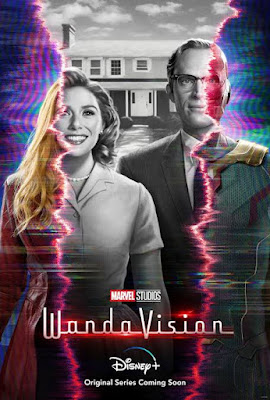
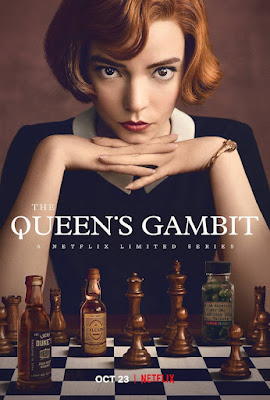








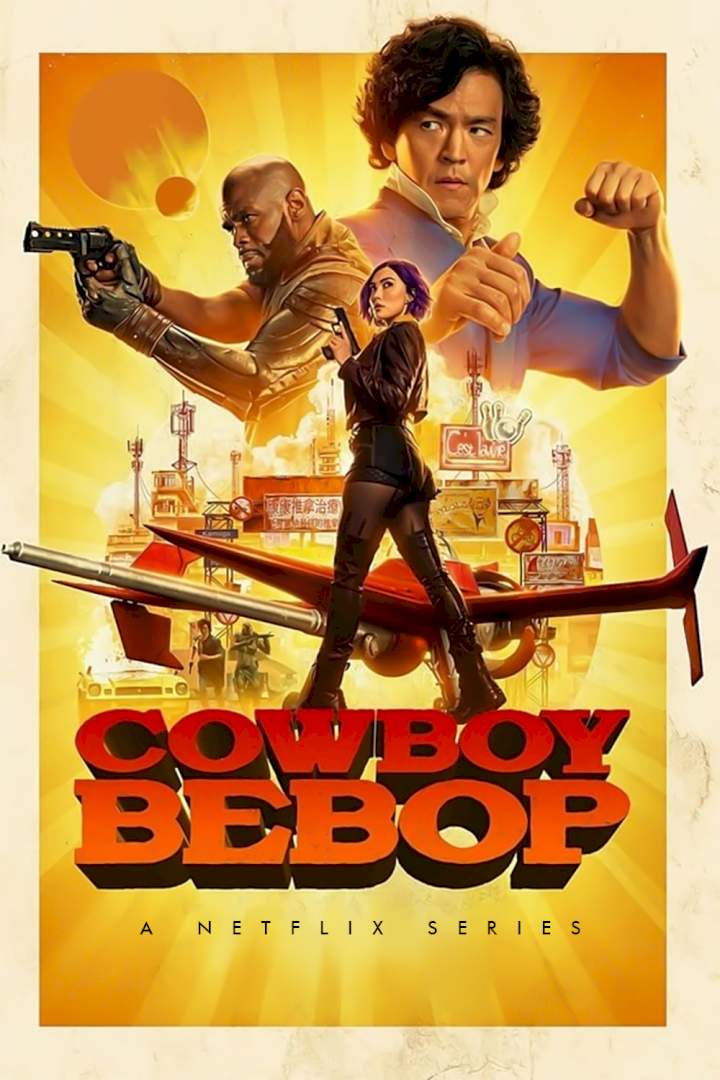
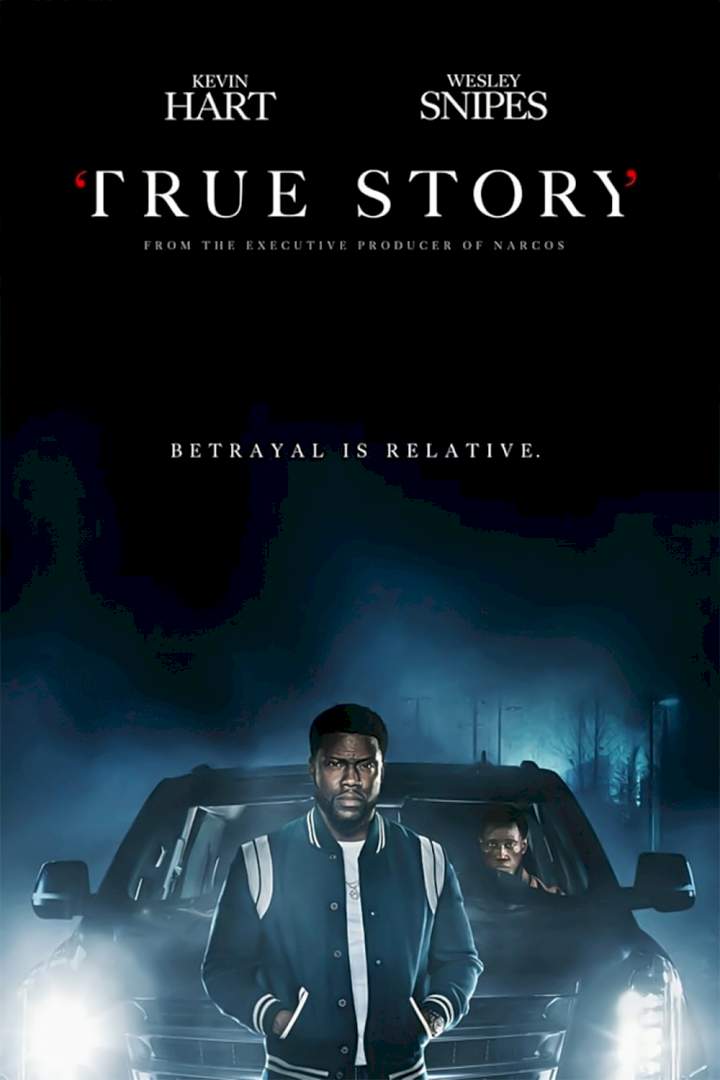
Post Comment